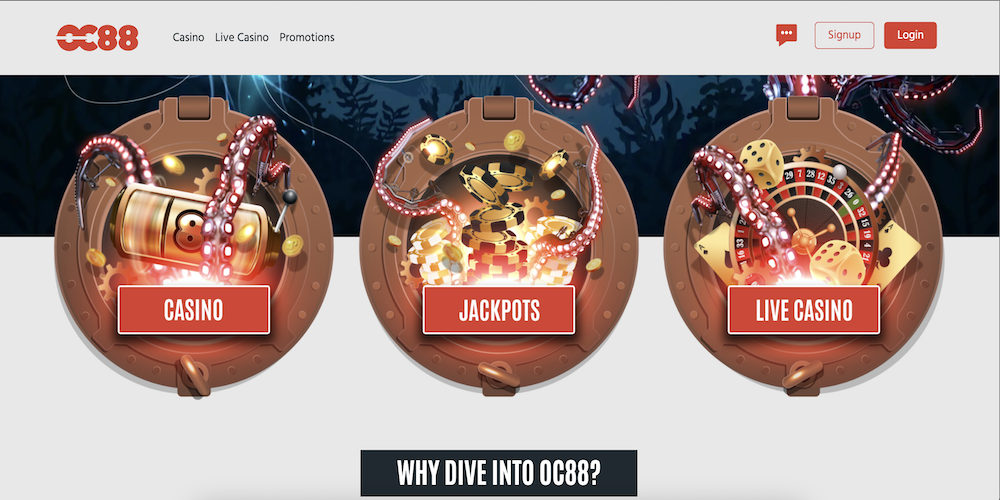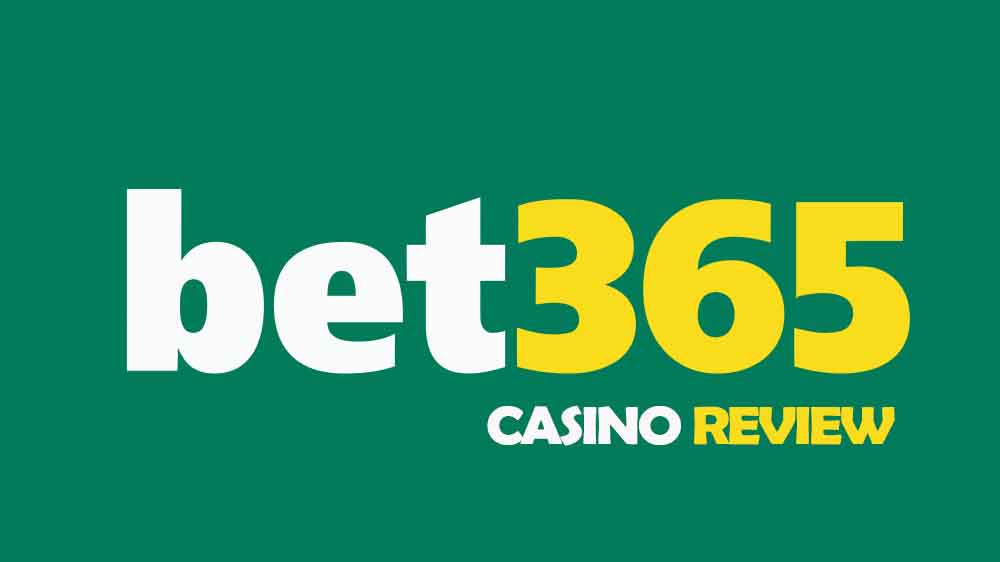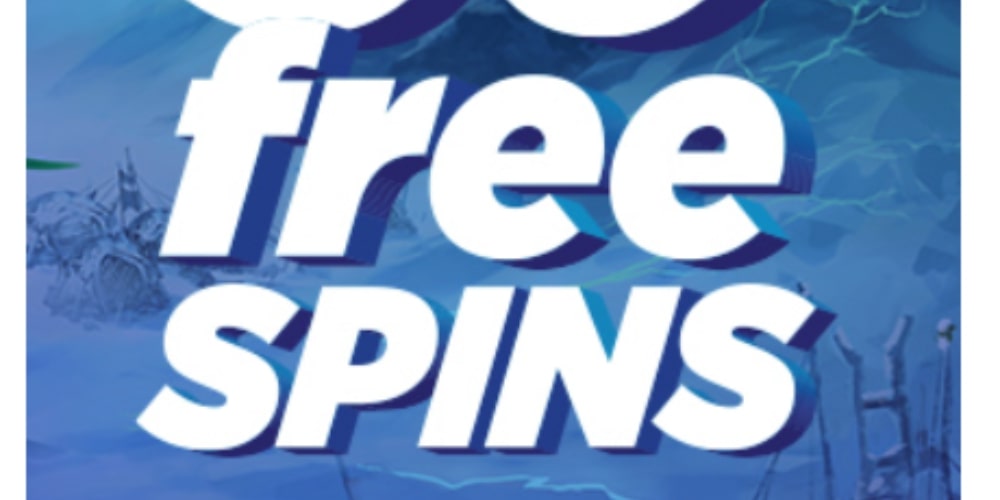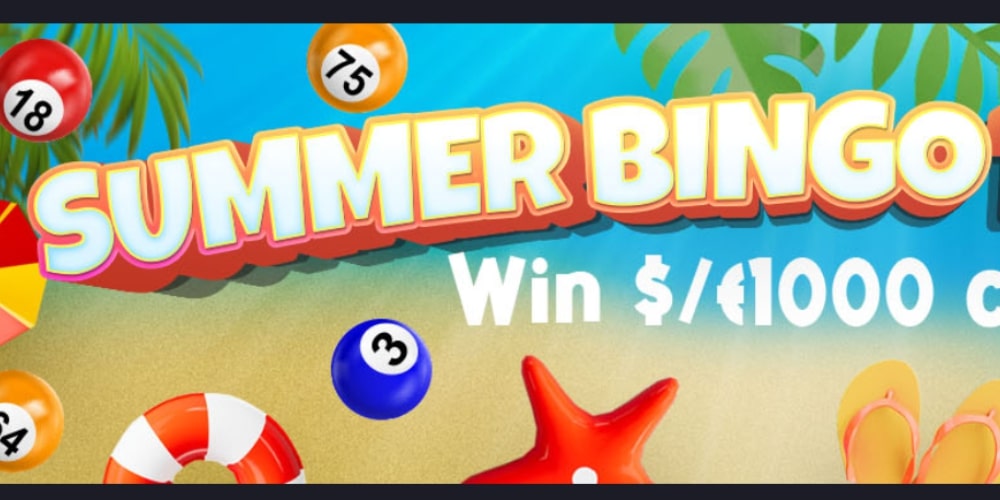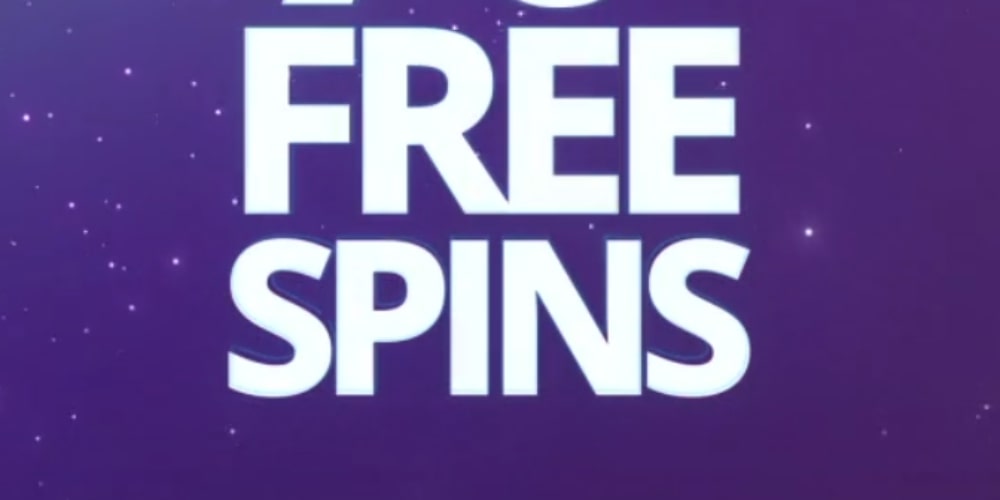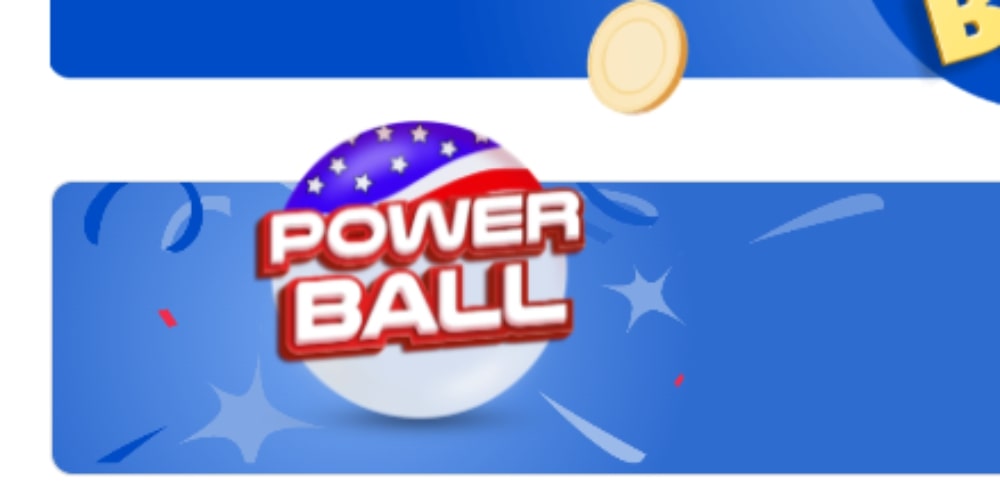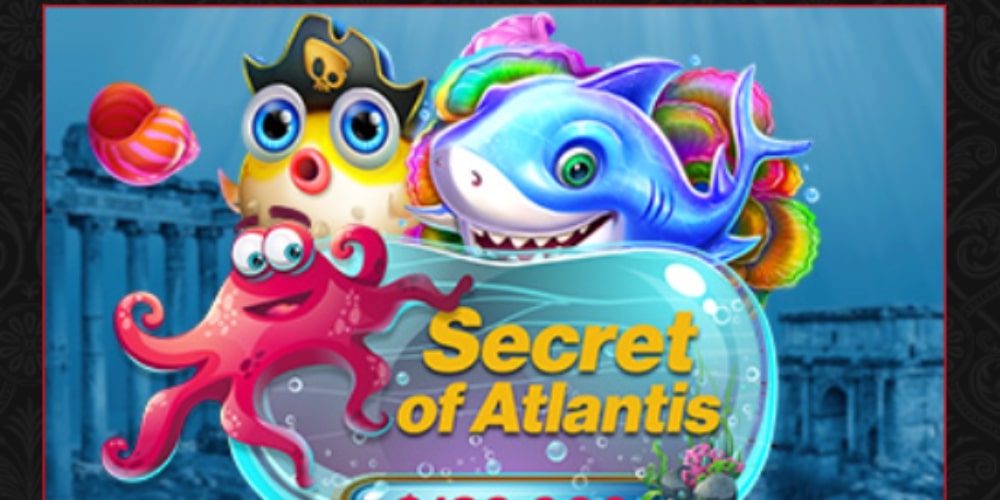A Complete Guide To The Tour De France
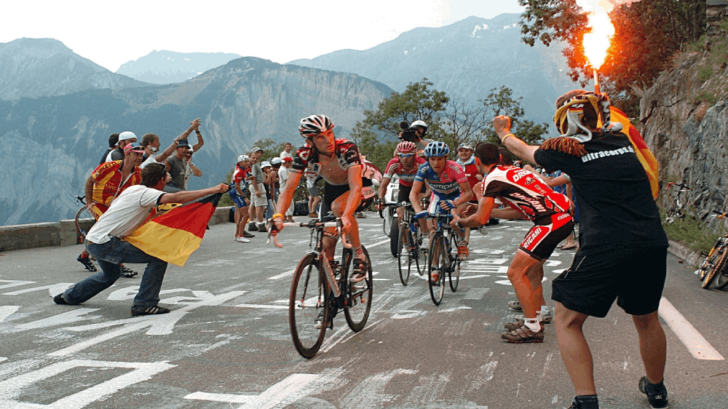
Explaining the Structure of the Tour de France
The Tour de France, held in July, is widely recognized as the most renowned bicycle race globally. It is part of the prestigious Grand Tours category. This includes other prominent races like the Giro d’Italia and the Vuelta a Espana. This arduous and lengthy competition presents numerous challenges for the participating cyclists as they navigate through demanding conditions.
In France, the Tour holds a special place as one of the most popular sporting events of the year. As the cyclists traverse the picturesque French countryside, townspeople gather along the route to witness the race. They all offer enthusiastic support to the riders.
The organization responsible for the Tour de France is the Amaury Sport Organisation (ASO). They belong to a French media group known as Editions Philippe Amaury. The ASO not only oversees the Tour de France. But also it arranges other notable cycling events, as well as golf, running, sailing, and motorsport competitions.
The Tour de France is an integral part of the Union Cycliste Internationale World Tour (UCI World Tour). Most of the participating teams in the race come from the UCI World Teams. Although there are some exceptions for teams that receive invitations from the organizers. Every year you should check out the odds at a sportsbook like Bwin Sportsbook to see who has the best chance of winning. Get it right, and you too could win the jackpot online with the right wager.

Tour de France Route
The UCI determines the route of the Tour de France in the autumn of the year before the race. It consists of 21 stages, each lasting a day, with 2 rest days for the cyclists. While the routes change annually, since 1975, the race always concludes in Paris, where the cyclists compete on the final stretch along the Champs-Elysees.
The Tour de France includes four types of stages: flat stages, hill stages, mountain stages, and time trials. Each day of the race features one of these stages. Flat stages are ideal for faster riders aiming to sprint ahead, usually ending with a group sprint. Hill stages involve climbs and are more suitable for powerful cyclists.
Mountain stages are the most challenging, as riders must navigate paths that ascend the French mountains, some reaching altitudes of 2,000 meters above sea level. These stages require teamwork to avoid wind resistance and caution due to the winding mountain roads. They often play a crucial role in determining the Tour’s winner and are particularly thrilling to watch.
The remaining stages are time trials. This is where cyclists utilize aerodynamic bikes and equipment to compete over distances ranging from 5 to 50 kilometres. Time trials differ significantly from other races. Here cyclists take turns riding a circuit alone against the clock. Despite their unique nature, time trials hold great importance. Soi all the cyclists must seize the opportunity to finish within a favourable time.
Teams
Teams play a crucial role in the Tour de France, despite only one rider ultimately emerging as the winner. Each edition of the race typically features 20-22 teams, each consisting of 8 riders. Unlike most team sports where teams represent countries, cities, or towns, the Tour de France teams are formed by major companies.
This tradition originated from the early races when cyclists were sponsored by bicycle manufacturers. As the sport gained popularity, more companies joined in and established their own teams. As of 2022, the UCI WorldTeams participating in the Tour de France include the following:
Teams A – I
- AG2R Citroen Team (ACT): This French team receives sponsorship from AG2R, a French insurance firm, and Citroen, a French automobile manufacturer.
- Astana-Premier Tech (APT): This Kazakhstani team has a coalition of state-owned companies as sponsors.
- Bora-Hansgrohe (BOH): A German team sponsored by BORA and Hansgrohe, which specializes in kitchen utility and bathroom fittings.
- Cofidis (COF): Another predominantly French team sponsored by Cofidis, a money lending company in France.
- EF Education-EasyPost (EFE): An American cycling team sponsored by EF Education, an international education company.
- Groupama-FDJ (GFC): This primarily French team is under the management of former French cyclist Marc Madiot. They have been sponsored by the Francaise des Jeux lottery since the team’s inception in 1997. In 2018, Groupama, the French insurance group, became a co-sponsor.
- Ineos Grenadiers (IGD): Formerly known as Team Sky and Team Ineos, this British team is currently sponsored by Ineos, a multinational chemicals company.
- Israel-Premier Tech (IPT): Based in Israel, this team receives sponsorship from the Canadian tech company Premier Tech.
- The Belgian company IWG, short for Intermarche-Wanty-Gorbert Materiaux, receives sponsorship from the French supermarket chain Intermarche, the Belgian engineering firm Wanty, and the Belgian construction materials provider Groupe Gobert Materiaux.
Teams L – T
- LTS, which stands for Lotto-Soudal, is another Belgian cycling team supported by the Belgian national lottery and Soudal, a company specializing in sealants and adhesives.
- MOV, or Movistar Team, is a Spanish cycling team backed by Telefonica, a telecommunications company, and named after their brand Movistar.
- QST, or Quick-Step Alpha Vinyl Team, is a Belgian team sponsored by Quick-Step Flooring, a division of Mohawk Industries that manufactures floor coverings for residential and commercial use.
- TBV, or Team Bahrain Victorious, is a team based in Bahrain with sponsorship primarily from the Bahraini government.
- BEX, or Team BikeExchange-Jayco, is an Australian cycling team with Australian businessman Gerry Ryan, the owner of Jayco Australia, a manufacturer of recreational vehicles, as their main sponsor.
- DSM, or Team DSM, is a Dutch team with the sponsor DSM, a Dutch company operating in the fields of health, nutrition, and materials.TJV, or Team Jumbo-Visma, is another Dutch team with the Dutch supermarket chain Jumbo and business software provider Visma acting as sponsors.
- TFS, or Trek-Segafredo, is an American cycling team backed by Trek Bicycle Corporation and the Italian coffee brand Segafredo.
- UAD, or UAE Team Emirates, is an Emirati team with the First Abu Dhabi Bank as a sponsor.
- TEN, or Team TotalEnergies, was initially sponsored by French rental company Europcar until 2015 when Direct Energie, a French electric utility company, became their primary sponsor.
Details of the Tour de France
In the Tour De France, although riders participate in teams, the scoring is based on individual performance. This means that within a team, there is always one cyclist competing for the Tour de France title. While the other riders provide assistance to the main rider through various strategic manoeuvres.
These supporting teammates are known as domestiques and their responsibilities include controlling the pace of the leaders. Occasionally they might fetch drinks for the team, and be ready to help in case of any issues.

Team Strategies
Domestiques employ several key jackpot winning strategies during the race. For a start, they work to minimize the effects of wind resistance. They do this by positioning themselves strategically to block opposing riders. When climbing challenging mountains, domestiques play a crucial role in maintaining a steady pace.
They also ensure that the leader keeps up with the required time. During final sprints on flat terrains, the team can employ a formation where the leader assumes the leading position. Meanwhile, the other teammates line up behind, making it difficult for rival teams to overtake the leader.
General Tour de France Classification
The leaders of each group aim to win the general classification. This involves adding up the times from all the stages. So the rider having the lowest overall time emerges as the winner. After each stage, the cyclist leading the general classification wears a yellow jersey in the subsequent stage.
The yellow jersey, known as the maillot jaune, signifies the rider who is currently at the top of the standings. Ultimately, the overall winner of the Tour de France gets the yellow jersey. This originated from the yellow paper used by L’Auto, the French newspaper that initially promoted the race.

Jersey Colours in the Tour de France
- The green jersey, also known as the maillot vert, goes to the cyclist who achieves the most stage victories and excels in sprinting. The sprint times are measured within the final 300 meters of each stage.
- The polka dot jersey goes to to the rider with the fastest times in the climbing sections. Cyclists who don the polka dot jersey during various stages of the Tour de France are typically exceptionally strong climbers.
- The white jersey goes to the highest-ranked cyclist in the overall standings who is 25 years old or younger.
If you head over to Bwin Sportsbook, you can find the odds of the Tour De France. However, before wagering, we suggest you do some deep research. Check out all aspects of the riders, teams and route. The only way to win the jackpot online when sports betting is to have a deep knowledge and understanding of the sport in question. Or have it all sewn up like Lance Armstrong.






